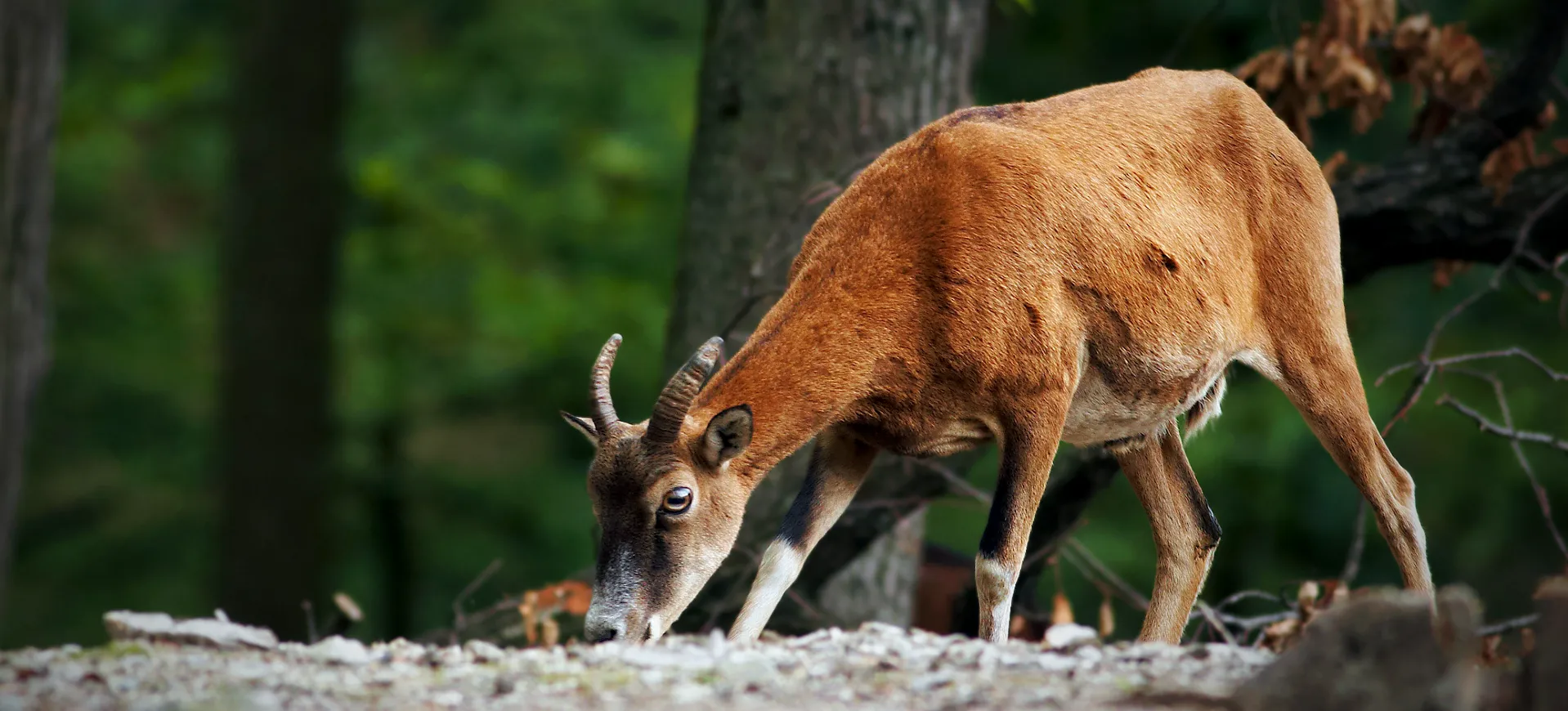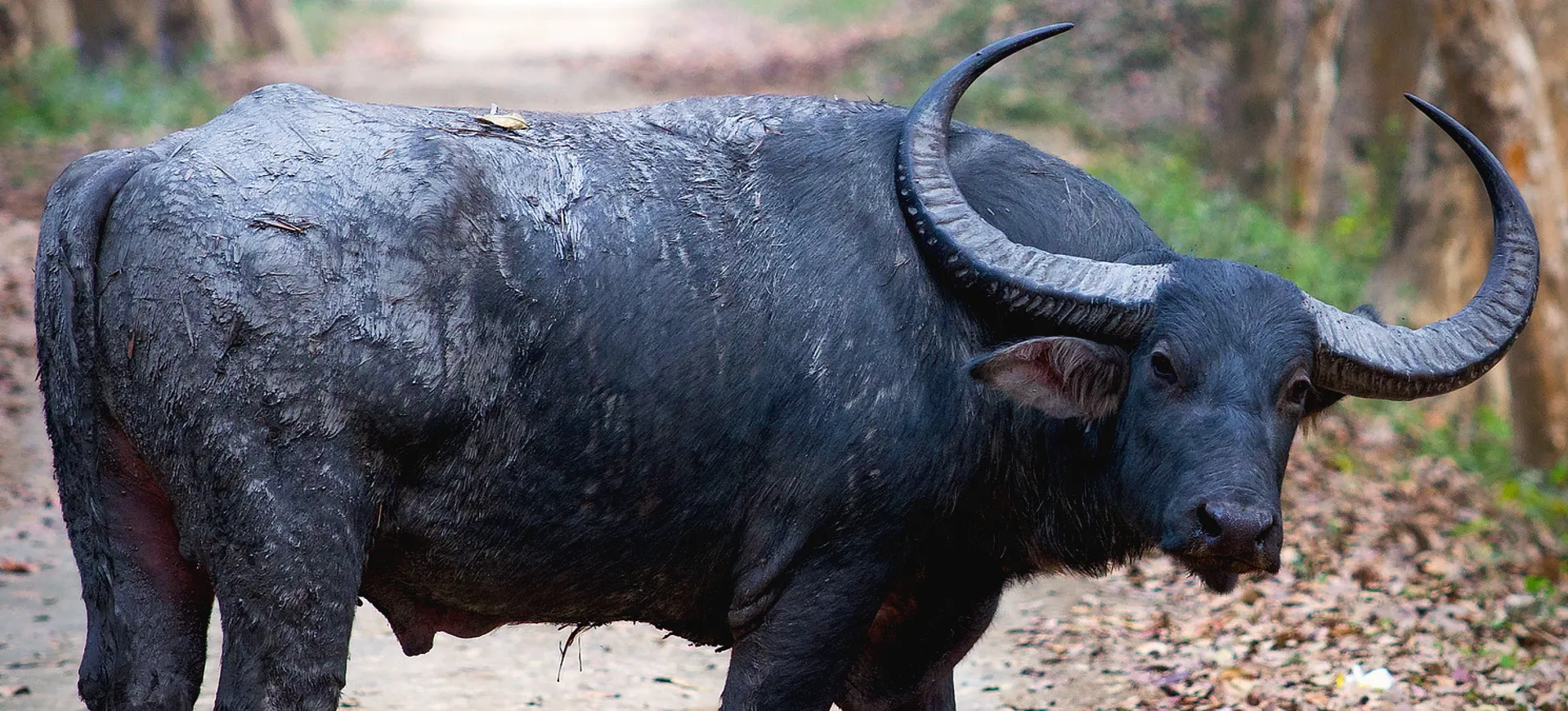Overview
The Dama Gazelle, or the Addra Gazelle or Mhorr Gazelle, is the largest and most distinctive. They were formerly abundant in the grasslands, sub-desert, and Sahel zone of Africa. These magnificent creatures are instantly recognized by their long, slender legs, significantly deeper bodies in the chest than at the belly, and graceful necks. Their pelage ranges from a pure white or cream color to a rich chestnut or even reddish color, which is most intense over the neck and head.
Their head is distinguished by a broad black band that stretches from each eye to the corner of the mouth, contrasting sharply with the white of the nose and cheeks. The Dama gazelle is unique among gazelles in showing pronounced variation in coat color, both geographically and seasonally. This gazelle’s large size and conspicuous coloration, particularly the darker morphs, contrast markedly with the generally small size and cryptic coloration of most other Saharan ungulates.
Their large, rotund body is poorly adapted to the desert conditions. Hence, they are seen in areas where food and water are abundant. The Dama Gazelle is predominantly a grazer, with grasses making up a substantial part of its diet. However, they are also known to browse to supplement their diet. Like other gazelles, the Dama Gazelle is known for its speed and can run at high speed for extended periods to escape predation.
Taxonomy
Kingdom
Phylum
Class
Order
Family
Genus
Species
Sub Species
Type
Physical Description:
The Dama Gazelle has a strong, robust build and is one of the tallest and heaviest gazelles. They have long, slender legs, a deep chest, and a slender neck. Their distinctive horns, found in males and females, are S-shaped and can grow up to 14 inches long in males and up to 12 inches in females. The upper body is covered with a reddish-brown coat which sharply contrasts against their white bellies. This two-toned coloration is more profound in males than in females.
Their head is decorated with intricate markings. A broad band of black stretches from the eyes to the corners of their mouth, contrasting dramatically with the white nose and cheeks. During the breeding season, the male’s body coloration darkens to nearly black, making them more attractive to females. Their tails are bushy and black, contrasting with their white rump patches.

Lifespan: Wild: ~12 Years || Captivity: ~18 Years

Weight: Male: 130-165 lbs (59-75 kg) || Female: 88-132 lbs (40-60 kg)

Length: Male: 47-57 inches (119-145 cm) || Female: 44-52 inches (112-132 cm)

Height: Male: 39-43 inches (99-109 cm) || Female: 35-39 inches (89-99 cm)

Top Speed: 60 mph (96.5 km/h)
Characteristic:
Native Habitat:
The Dama Gazelle is native to the arid regions of the Sahel and the Sahara desert, where they inhabit grasslands, shrublands, and desert landscapes. These gazelles prefer areas where there are large, open spaces that allow them to use their speed to escape predators. They are also found in areas where Acacia trees are abundant due to the shade, food, and protection they offer.
The habitat of the Dama Gazelle varies widely depending on the season. During the rainy season, they migrate towards the Sahara; in the dry season, they move towards the south into the Sahel. These migrations are driven by the availability of food, which is directly affected by the seasonality of these regions.
Climate Zones:
Biomes:
Biogeographical Realms:
Continents:
Diet:
Diet & Feeding Habits:
The Dama Gazelle is predominantly a grazer, feeding on various grasses. However, their diet can become varied based on the availability of food. They can be seen browsing leaves, shoots, fruits, and flowers when grasses are not readily available. They are also known to feed on crops, making them a nuisance for farmers in some areas. They can go for long periods without water, getting most of their water needs from their food.
Despite their adaptability, the Dama Gazelle’s diet changes seasonally due to environmental changes. During the rainy season, when grasses are abundant, they graze extensively. In contrast, when grasses are scarce during the dry season, they browse more. They are diurnal creatures, feeding during the early morning and late afternoon when temperatures are cooler.
Mating Behavior:
Mating Description:
The Dama Gazelle exhibits a unique mating behavior known as lekking, where males aggregate and perform various displays to attract females. The males will darken in color, mark their territory with dung piles, and use a variety of vocalizations and postures to attract females. Females choose their mates based on these displays. Breeding season usually occurs from July to September, coinciding with the end of the rainy season.
After mating, females have a gestation period of approximately six months. They give birth to a single calf, usually between December and January, during the cool, dry season. The calves are hidden for the first few weeks until they are strong enough to join the herd.
Reproduction Season:
Birth Type:
Pregnancy Duration:
Female Name:
Male Name:
Baby Name:
Social Structure Description:
Dama Gazelles live in small herds composed of both males and females. These herds usually consist of one dominant male, several females, and their offspring. The dominant male protects the herd from predators and other male gazelles. Males establish territories that they defend vigorously, especially during the mating season.
Young males often form bachelor herds and are generally less territorial. They will, however, challenge the dominant male of a herd for the right to mate with the females during the breeding season. Social interactions within the herd are typically peaceful, with the gazelles often seen grooming each other.
Groups:
Conservation Status:
Population Trend:
The Dama Gazelle is critically endangered, with less than 500 individuals believed to exist in the wild. Their populations have dramatically declined due to overhunting, habitat loss due to agriculture and livestock grazing, and civil unrest in their range countries. The wild population is fragmented and exists in several isolated pockets across Chad, Mali, and Niger.
In contrast, there are about 1500 individuals in captivity worldwide, held in zoos and private collections. These captive populations are crucial for the species’ survival and play a vital role in various breeding and reintroduction programs. However, their genetic diversity is less than that of the wild population, which poses a significant challenge to the species’ long-term survival.
Population Threats:
Numerous factors, primarily human-induced, threaten the Dama Gazelle. Overhunting for meat and hides, especially uncontrolled hunting in conflict zones, has significantly declined their numbers. Additionally, habitat loss due to the expansion of agricultural activities, overgrazing by domestic livestock, and climate change are significant threats to their survival.
Furthermore, the Dama Gazelle is also threatened by their populations’ fragmentation and isolation, resulting in inbreeding and decreased genetic diversity. This makes them more susceptible to diseases and less able to adapt to environmental changes. Moreover, they are also affected by competition for resources with domestic livestock.
Conservation Efforts:
Conservation efforts for the Dama Gazelle primarily focus on establishing and managing protected areas within their range. Various national parks and reserves in Chad, Niger, and Mali offer some protection to these gazelles. However, enforcement of anti-poaching laws in these areas remains challenging due to the lack of resources and ongoing civil unrest.
Captive breeding and reintroduction programs are also significant in conservation efforts. Zoos and private collections worldwide are involved in breeding Dama Gazelles and reintroducing them into their former range. Additionally, efforts are being made to raise awareness about the Dama Gazelle’s plight and involve local communities in their conservation.
Additional Resources:
Fun Facts
- The Dama Gazelle is the largest species of gazelle.
- They can leap high into the air, known as “pronking” or “stotting.”
- The Dama Gazelle can go for weeks or even months without drinking, getting most of their water needs from the food they eat.
- Despite their large size, they are very fast and can reach speeds up to 60 mph.
- Both male and female Dama Gazelles have horns.
- During the breeding season, the male’s body coloration darkens to nearly black.
- The Dama Gazelle is one of the most threatened African antelope species.
- Young Dama Gazelles can stand and walk within minutes of birth.
- Dama Gazelles communicate using visual signals, such as postures, coloration, and vocal sounds.
- They are named after the Damara region in Namibia, even though they don’t naturally occur there.















































































